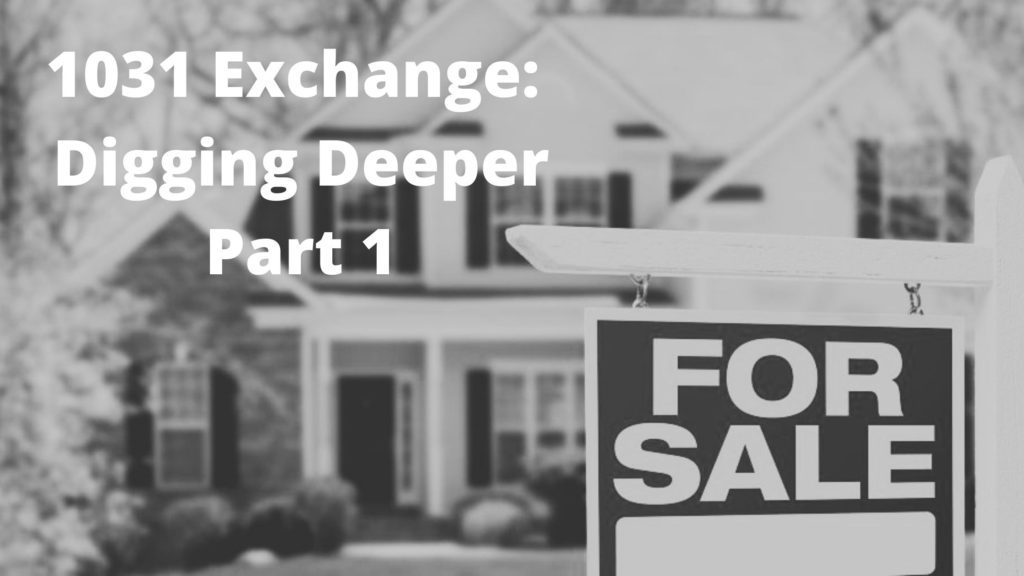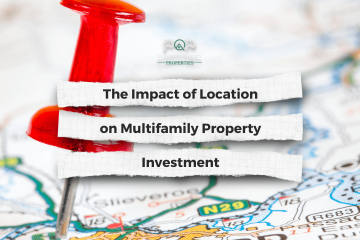A few weeks ago, we covered the basics of what a 1031 exchange was means and what it means for an investor. If you missed it here’s the link to go back and check it out, https://pqpllc.com/what-is-a-1031-exchange/. Today we are going to dig a bit deeper and look at the different types of 1031 exchanges and what the different options that are available with it.
Like-kind property is defined by its nature or characteristics, not the quality or grade of the property, this allows there to be more properties that can be considered for the exchange i.e. vacant land can be exchanged for a commercial building, or an industrial property can be exchanged for residential property. The catch is you cannot exchange real estate for things like artwork or a book because it is not like-kind to a house or property. To get the best bang for your buck, your replacement property should be of equal or greater value then the original.
I’m going to get a little technical for this next part here. There are 3 rules here that can be applied to define identification, but you only need to meet one of them:
1. Three-property rule: this allows you to identify three properties as potential purchases regardless of their market value.
2. The 200% rule: this allows you to identify unlimited replacement properties as long as their cumulative value doesn’t exceed 200% of the value of the property sold.
3. The 95% rule: this allows you to identify as many properties as you like as long as you acquire properties valued at 95% of their total or more.
Now there are also some things that we need to know when it comes to like-kind exchanges, besides what it means. When you are making a 1031 exchange, they vary in timing and other details, which creates a set of requirements and rules that need to be followed:
●1031 exchanges carried out within 180 days are commonly referred to as delayed exchanges, since, at one time, exchanges had to be performed simultaneously.
●Build-to-suit exchanges allow the replacement property in a 1031 exchange to be renovated or newly constructed. However, these types of exchanges are still subject to the 180-day time rule, meaning all improvements and construction must be finished by the time the transaction is complete. Any improvements made afterward are considered personal property and won’t qualify as part of the exchange.
●If you acquire the replacement property before selling the property to be exchanged, it is called a reverse exchange. In this case, the property must be transferred to an exchange accommodation titleholder (which can be the qualified intermediary) and a qualified exchange accommodation agreement must be signed. Within 45 days of the transfer of the property, a property for exchange must be identified, and the transaction must be carried out within 180 days.
Remember when I said that your replacement property should be of equal or greater value? Well, there was a reason for that. If the value of the replacement property is of lesser value, then the difference, also called a boot, is taxable. If a mortgage is allowed on either side of the exchange, and the replacement properties mortgage is less than the original, then it is treated like a boot.




